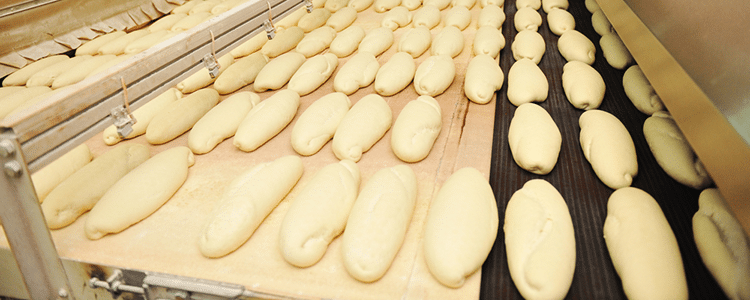The global food and beverage (F&B) industry is a lucrative and expanding industry, but not all companies are successful in it. There are many scenarios and risks that can cause your F&B portfolio companies to struggle, ranging from compliance issues to lagging product cycles.
Thankfully, struggling F&B companies can be brought back on track through financial and operational restructuring. The first step? Identifying the root causes of the struggle.
4 Business Risks in the Food and Beverage Industry
1. Changes in Consumer Tastes
Around the world, consumers are changing the way they approach their food. For instance, over the years, consumers have become more health-conscious, so their expectations have changed. Now, they’re prioritizing companies that provide both transparent ingredient lists and an ideal price point. In addition, they want plenty of choices.
More recently, the COVID-19 pandemic has revealed an even deeper transformation in consumer buying behavior: panic buying. This demonstrates the need to maintain appropriate inventory levels.
All these shifts have made struggling manufacturing companies, especially F&B organizations, realize that they need to change their enterprise strategy and the way they process and market their products.
Unfortunately, organizations without a continuous improvement culture tend to recognize market shifts much too late, so they lose business to competitors who have already been focusing on customer experience transformation for years.
Achieving Operational Efficiencies
Our operational restructuring team can help you enable rapid change to achieve improvements in cash flow, working capital and profitability.
2. Consequences of Expanding into New Markets
Innovation is naturally a driving force of any successful F&B company. Yet, when these organizations initiate efforts to create new products, packaging or applications, they often take on more than they can effectively manage.
Most of the time, these challenges stem from a lack of planning and organization. When an F&B company expands into a new market, it must simultaneously expand its technology and service capabilities. Otherwise, it will lack the resources it needs to see the change through to fruition.
For instance, imagine trying to gain insight into real-time channel and market trends while sitting behind an outdated legacy system that reached its peak more than a decade ago.
Process improvement strategies only do so much for inefficient operations and legacy technology. An ERP implementation is usually the best solution for helping organizations gain ERP business intelligence and scale for growth. However, waiting to implement ERP until after the organization has already expanded into a new market is too little too late.
3. Product Quality Issues
Many F&B companies run into quality issues when they try to speed up or slow down production in response to the market. Especially for brands that have a multinational customer base, its difficult to consistently deliver fresh products in a manner that is simultaneously reliable, efficient and profitable.
Companies that cannot balance efficiency with quality risk losing their customer base, triggering a chain of negative outcomes:
- Excess inventory
- Lower margins and profits
- Increased product waste
- Higher operating costs
- Cross-contamination
- Unsafe handling
These issues have become more apparent over recent months as F&B organizations grapple with the loss of business due to reduced demand from restaurants that are no longer serving as many customers.
This supply chain disruption has led to excess inventory, food spoilage, tighter margins and other negative consequences causing business distress.

4. Compliance Challenges
There are many government and industry regulations that govern the safety and security of food, workers and F&B environments, both domestic and international. Some of the most common guidelines include those issued under the following entities:
- Food Safety and Modernization Act (FSMA)
- Hazard Analysis and Critical Control Point (HAACP)
- Nutrition Labeling and Education Act (NLEA)
- Occupational Safety and Health Administration (OSHA)
Maintaining compliance is a daily challenge, but it becomes even more so when F&B companies expand into new markets. With so much scrutiny on their operations, these companies can find it difficult to oversee the entirety of their operations.
Many of these companies do not have modern ERP systems with the industry-specific functionality they need. While there are many benefits of ERP, attempts to modernize technology infrastructure are often met with change resistance and abandoned before implementation.
Turning Around a Struggling F&B Company
Clinging to outdated practices and ignoring market shifts is leaving many F&B companies behind. Even those that are expanding into new markets are finding they lack the infrastructure to support the expansion.
If you have struggling F&B companies in your portfolio, it’s important to understand the business risks in the food and beverage industry that these portfolio companies are not properly mitigating.
You may find that an ERP implementation is necessary, or the organization may simply be in need of business process reengineering and organizational change management.
Sometimes, a complete financial and operational restructuring is necessary if business risks have turned into significant issues.
Our business turnaround consultants understand the complexities of business transformation. Request a free consultation below to learn more.













